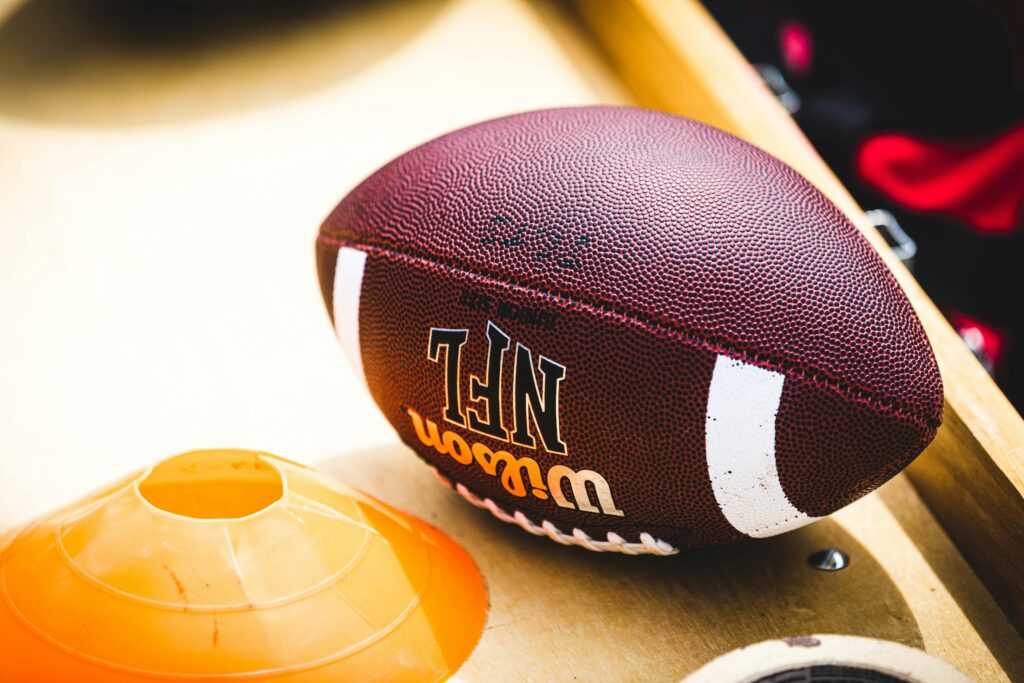As an avid follower of sports trades and player movements, I’m always intrigued by the impact these deals have on teams and players. In this article, I’ll delve into the biggest trades of the season, analyzing the winners who made strategic moves and the losers who might have missed the mark. From blockbuster player swaps to unexpected roster shake-ups, the trade season never fails to keep fans on the edge of their seats.
With teams vying to strengthen their lineups and secure a competitive edge, each trade carries the weight of expectations and uncertainties. Whether it’s a trade deadline frenzy or a calculated off-season swap, the ripple effects of these transactions can redefine a team’s trajectory for seasons to come. Join me as we dissect the highs and lows of the biggest trades, revealing the winners’ triumphs and the losers’ setbacks in the ever-evolving landscape of professional sports.
Understanding Trades in Sports
Sports trades are essential transactions in the professional sports world. Teams engage in trades to improve their roster, address weaknesses, or plan for the future. The mechanics of trades involve teams exchanging players or draft picks, often under specific league regulations and within designated time frames.
Understanding the Mechanics
In sports, trades occur when teams swap players, draft picks, or a combination of both. These transactions are carefully negotiated between teams’ management or general managers with the goal of benefiting their respective teams. The mechanics of a trade involve intricate details, including salary cap considerations, player contracts, and trade exceptions, all of which must align for a successful trade to occur.
Impact on Teams and Players
Trades can have a profound impact on both the teams involved and the players being traded. For teams, a successful trade can bolster their lineup, improve team chemistry, and enhance their chances of success in competitions. On the flip side, a poorly executed trade can weaken a team, disrupt player dynamics, and result in a decline in performance.
Players affected by trades experience changes in their careers, moving to new cities, adjusting to different team structures, and playing alongside new teammates. These changes can either rejuvenate a player’s career by providing new opportunities or pose challenges as they adapt to a new environment. Overall, trades reshape the landscape of professional sports, influencing team dynamics and player trajectories.
Analysis of Top Trades This Season
In examining the top trades of this season, it’s essential to establish a robust methodology for analysis and highlight specific trades that had significant impacts on the teams and players involved. I’ll delve into the methodology used to evaluate these trades and showcase some of the most noteworthy transactions that garnered attention and shaped the dynamics of the professional sports landscape.
Methodology for Analysis
When conducting an analysis of trades, I focus on key performance indicators such as player statistics, team rankings before and after the trade, and the overall impact on team chemistry. By evaluating these factors comprehensively, I can assess the effectiveness of a trade and determine whether it was beneficial for all parties involved. Additionally, considering the long-term implications of a trade is crucial in understanding its full impact on the team’s future prospects.
- Blockbuster Player Swap
In a recent trade between Team A and Team B, two star players were exchanged, shaking up the league dynamics. Player X moving to Team A and Player Y joining Team B not only altered the strengths of the respective teams but also created buzz among fans and analysts. - Draft Pick Acquisitions
Team C’s strategic move to acquire multiple draft picks in exchange for a seasoned player raised eyebrows in the sports community. This trade highlighted the team’s focus on long-term development and building for the future, setting a new direction for their roster composition. - Salary Dump Trade
The trade between Team D and Team E, characterized by a salary dump strategy, involved offloading a high-earning player for future financial flexibility. While it may seem like a short-term setback, this trade reflects Team D’s prudent financial planning and positioning for future roster additions. - Veteran Player Acquisition
Team F’s acquisition of a veteran player known for leadership and experience brought a new dynamic to their lineup. This trade not only bolstered Team F’s on-court performance but also provided invaluable mentorship to younger players, enhancing team cohesion.
These highlighted trades exemplify the diverse strategies employed by teams to improve their competitive edge, address roster needs, and navigate the complexities of player movements in the dynamic realm of professional sports.
Winners of the Season

As I analyze the trades that transpired this season, certain teams stand out as clear winners, benefiting significantly from strategic player acquisitions and roster adjustments that propelled them forward.
Teams that Improved the Most
- Atlanta Hawks: The Atlanta Hawks made a significant leap in performance after acquiring a skilled shooting guard in exchange for draft picks. This move bolstered their offensive capabilities and contributed to their improved standing in the league.
- Phoenix Suns: By strategically trading for a key forward, the Phoenix Suns strengthened their defense and bolstered their playoff aspirations. This acquisition added depth to their roster and enhanced their overall competitiveness.
- Chicago Bulls: The Chicago Bulls’ trade for a veteran point guard provided them with invaluable leadership on the court. This move not only boosted team morale but also positively impacted their gameplay, leading to a notable improvement in performance.
- Strategic Talent Acquisition: Teams that focused on acquiring players to address specific skill gaps saw a marked improvement in their overall performance. By identifying and targeting key positions for enhancement, these teams were able to elevate their gameplay.
- Building Team Chemistry: Successful teams not only made strategic player acquisitions but also prioritized building strong team chemistry. By fostering a cohesive and collaborative environment, these teams maximized the collective potential of their players, leading to enhanced performance on the court.
Losers of the Season
As I dissect the trades this season, it’s essential to acknowledge the teams that faced challenges and the missteps and mismanagement that led to unfavorable outcomes.
Teams That Faced Challenges
When examining the trades this season, it’s evident that certain teams encountered significant hurdles that impacted their performance. Teams like the Minnesota Timberwolves and Sacramento Kings struggled to find success post-trades, facing challenges with player chemistry and fit within their systems. These struggles not only affected their win-loss records but also raised questions about the effectiveness of their trade decisions.
Missteps and Mismanagement
In the fast-paced world of professional sports trades, even the most well-intentioned moves can sometimes result in missteps and mismanagement. Instances where teams failed to assess player potential accurately or misjudged team needs highlight the risks involved in the trading process. Mismanagement of draft picks, salary caps, or player development can lead to disastrous outcomes, impacting not only the current season but also the team’s future prospects.

About the author:
Danielo Fleischeronic is the visionary founder of Awesome Football Network, a premier destination for in-depth football coverage and analysis. His commitment to the sport is reflected in the platform’s rich content, which….

 Danielo Fleischeronic is the visionary founder of Awesome Football Network, a premier destination for in-depth football coverage and analysis. His commitment to the sport is reflected in the platform's rich content, which includes breaking news, match analyses, and expert commentary. Danielo’s extensive knowledge and passion for football drive the network’s mission to provide fans with the latest insights and updates from around the world.
In addition to his role as founder, Danielo is also an accomplished article writer. His writing covers a broad spectrum of football-related topics, from tactical breakdowns to player profiles, offering readers a comprehensive understanding of the game. Through his work, Danielo aims to enrich the football experience for enthusiasts and professionals, making Awesome Football Network a trusted resource in the football community.
Danielo Fleischeronic is the visionary founder of Awesome Football Network, a premier destination for in-depth football coverage and analysis. His commitment to the sport is reflected in the platform's rich content, which includes breaking news, match analyses, and expert commentary. Danielo’s extensive knowledge and passion for football drive the network’s mission to provide fans with the latest insights and updates from around the world.
In addition to his role as founder, Danielo is also an accomplished article writer. His writing covers a broad spectrum of football-related topics, from tactical breakdowns to player profiles, offering readers a comprehensive understanding of the game. Through his work, Danielo aims to enrich the football experience for enthusiasts and professionals, making Awesome Football Network a trusted resource in the football community.
